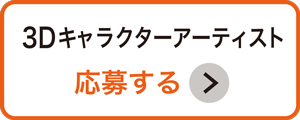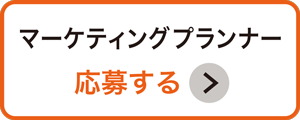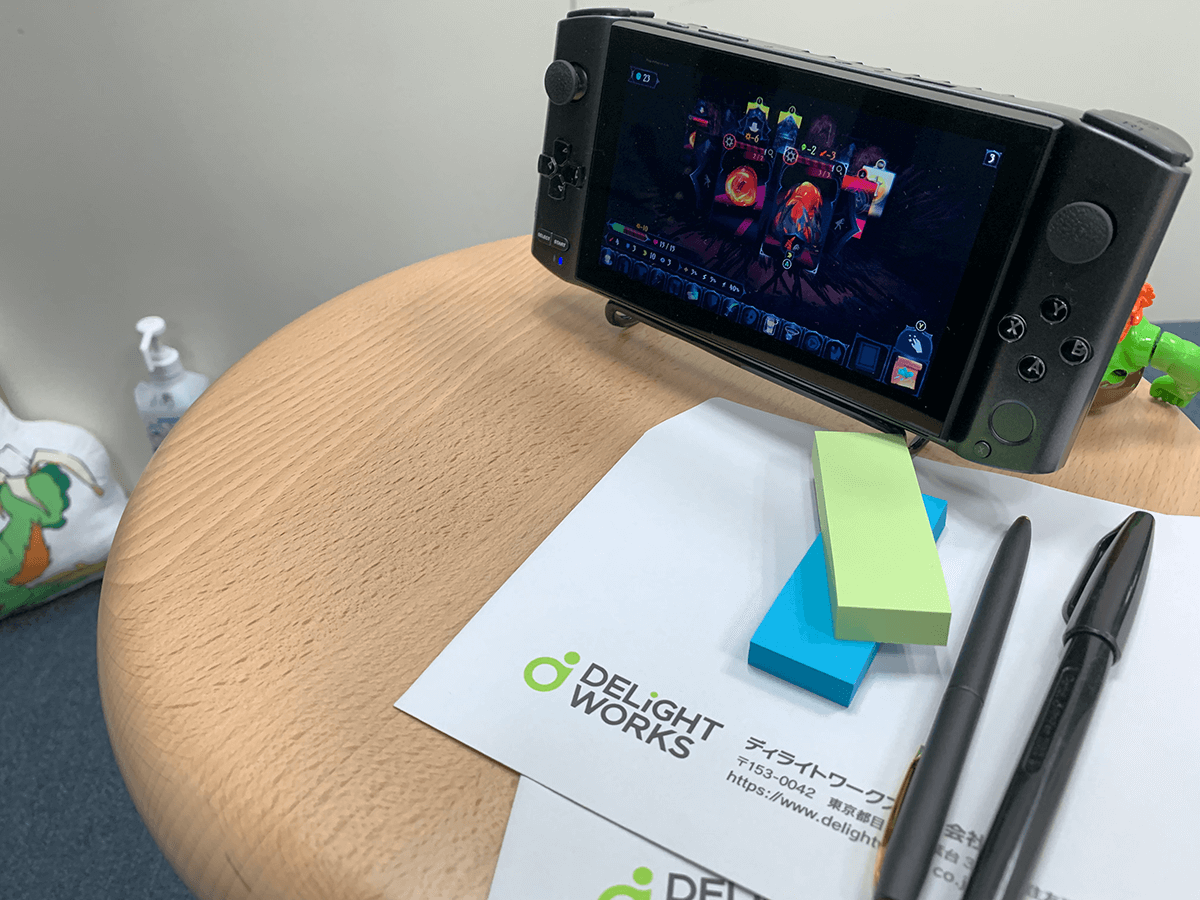(This content was originally published by Delightworks Inc. The gaming division of Delightworks has since been integrated into Lasengle).
Hey there! I'm Yoshinori Ono, COO at Delightworks.
Welcome to my blog and thanks for dropping by!
Are you ready for some exciting news?
Hopefully you've all heard by now about Lasengle, and how we're setting sail from Delightworks on a new voyage.
Well, there's more!
Now we're calling on brave adventurers to join our crew on this exciting new journey!! Check out our open positions for more details.
Job ads tend to be fairly formal. Makes sense. Choosing where to work is a big decision and job descriptions need to be crystal clear, no room for misinterpretation. Still, wouldn't it be nice if job ads could be a little more fun? A little more honest?
Maybe something like this...
■Wanted! Cool Character Modelers!
Do you like experimenting with wild ideas? Wanna discover a totally new way of visual expression? Then come and join us in testing the limits of our creativity (and it's not just mobile games, we're into all sorts of wild stuff here!).

■Web Marketer on Fire
Wanna make game love spread like wildfire? Got a burning passion for ad strategy and cross media? Then join our team and let's make sparks fly together!

Of course, I'm just goofing around, but we are genuinely on the lookout for talented people to join us. I've only shared a small selection of our openings, stuff that I picked up from conversations in the office, but if you want to see all our openings, check out our Careers page.
If you've been following my blog, you should know that we're always open to ideas at Lasengle, and up for trying new things when it comes to game developments. So even if you don't think you're a perfect match, if you like the sound of the job, go for it! What have you got to lose?
I know how tough it can be to know if a company is going to be the right fit for you. I'm hoping my blog can help you all get a sense of our culture, and the awesomeness of the team at Lasengle. Get in touch if you want to know more, we'd love to hear from you!
Now, my featured game for blog #5, Ring of Pain.
Life. It's full of decisions, right?
What do I make for dinner? Do I stay in bed or drag myself up at 5 a.m. to become one of those mythical morning people? Should I start hitting the books six months ahead, or wait till the night before the exam? Big, small, simple, complex. Every day, it's just one decision after another.
But don't you wish you could see how those choices would play out, before taking the plunge? How much easier would it be if we knew which was the right call?

Enter Ring of Pain, a turn-based RPG that turns that wish into a reality.
I say "RPG", but there's no massive world to explore or dungeon crawling. The game is all about making strategic decisions, where the consequences of each choice are already laid out before you. I guess you could call it a sim game, but for me, thinking of it as an RPG really nails what makes this game so awesome.
The game is set out as a ring of cards, each showing an enemy, item, or trapdoor exit to the next floor. It reminded me of those huge dining tables with a spinning section in the middle, only instead of dishes, you're choosing cards (less tasty, more fun).
Each turn, you're faced with two cards, and have to make a choice: fight or dodge enemies, use items, or head to an exit.
After you pick a card, a new one takes its place so your available options are always changing. You can also choose to sidestep a card instead of engaging. When you do this, the entire ring rotates by one card's position.
The ring keeps rotating and shrinking as cards are removed, changing your game landscape until you're left with an exit card (by the way, you don't have to wait until the end to exit that level; you can choose an exit card at any point in the game if you want to move to the next floor).
What makes Ring of Pain such a great game is how the rules--choosing between two cards and the rotating ring--mix with the unique feature of knowing the outcome before you make a move.
Knowing exactly where each action will lead makes you more determined to make every decision count. It really makes you think about all the angles as you work out your best move, and that's what I found so addictive.
Ring of Pain is different to classic RPGs because it doesn't have ginormous maps to check out or maze-like dungeons where you wander for hours only to hit a dead end. But the game rules mean you're always caught up in RPG-style tactical thinking; do I fight or bail? Grab an item or beeline for the exit? As I played, I was constantly having to weigh the risk versus reward, just like in an RPG, but without all the distractions!
You're also shown the abilities and synergies for items and equipment, which added an extra layer to battles. So, I might plan to take a hit in this battle to grab an item that'd give my gear a boost, thinking I'd use a healing potion on the next round to recover...which'd be an awesome plan, if the cards fell into place just right.
What's great about this game is even when I thought I had it all figured out, there'd be something that I hadn't planned for, and then it's game over. Which just made me want to get back in and try again.
When you first start playing, you might think, "Wait, I know exactly what's coming--how tough can this game be?" Well, let me tell you, don't underestimate this game. First run, I was dead within minutes.
The luck element means that you can't predict 100%, but because you know the outcomes upfront, when things go sideways you can think about how to do it better next time.
And of course, once you start thinking about that, you want to give it another go, to test out your theory. And you end up in that relentless, "Just one more game!" cycle (possibly the inspiration for the title??).
Once I got the hang of the mechanics, I was speeding through each round at a really nice, fast-pace. Until I went too fast, missed something, and slipped up. But meh, live and learn!
So, to wrap up, Ring of Pain is a game where you can enjoy the decision-making process. You know what's going to happen, so you can have fun mulling over each move. Traditional RPG elements like movement and exploration are stripped down to zoom in on the risk vs benefit choices.
The art style has this one-of-a-kind atmospheric aesthetic paired with cool special effects ( I loved the owls!) for a visual treat every run.
In Ring of Pain, you can go at your own pace, taking time over each turn or zooming through each round. If you slip up and die it's just an excuse to get back in and try another plan...and another!
That's take on Ring of Pain!
Thanks for reading.
The next game is calling my name so gotta go--till next time!
Yoshinori X(Twitter)

